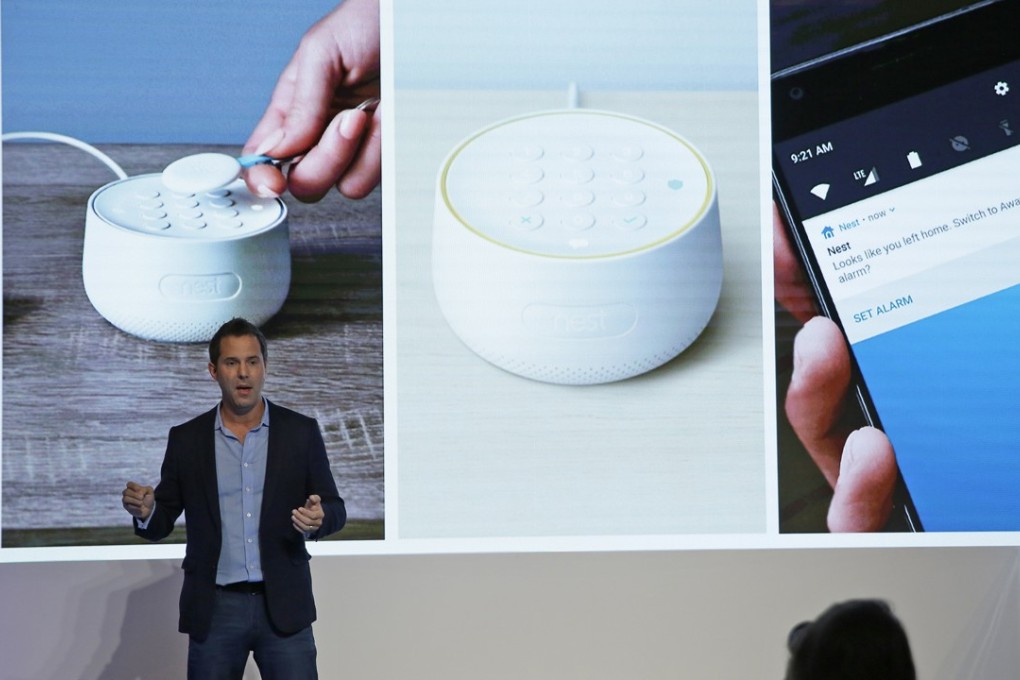How your smart home is vulnerable to hackers, and what you can do to protect yourself
Voice-activated devices, children’s toys, laptops and their cameras, and even TVs can be externally controlled by hackers, allowing them to listen in to your private conversations or bypass your home security

More people are getting voice-activated speakers and other smart devices for their homes. But doing so could also be giving hackers a way in.
Many devices from reputable manufacturers have safeguards built in, but those can’t guarantee against hacks. Gadgets from start-ups and no-name brands may offer little or no protection.
Before buying one, here are some risks to assess.

Speakers with built-in microphones are increasingly popular. Devices such as Amazon’s Echo and Google Home let people check the weather or their personal calendar with simple voice commands. Beyond that, many smart TVs and TV streaming devices now have voice-activated functions, often for playback controls and video search. Many newer toys also come with microphones so kids can talk to them and get canned responses.
Many of these devices are constantly listening for your commands; when they receive them, they connect to corporate servers to carry them out. What if you’re having private conversations at home? Are they getting sent over the internet, too?